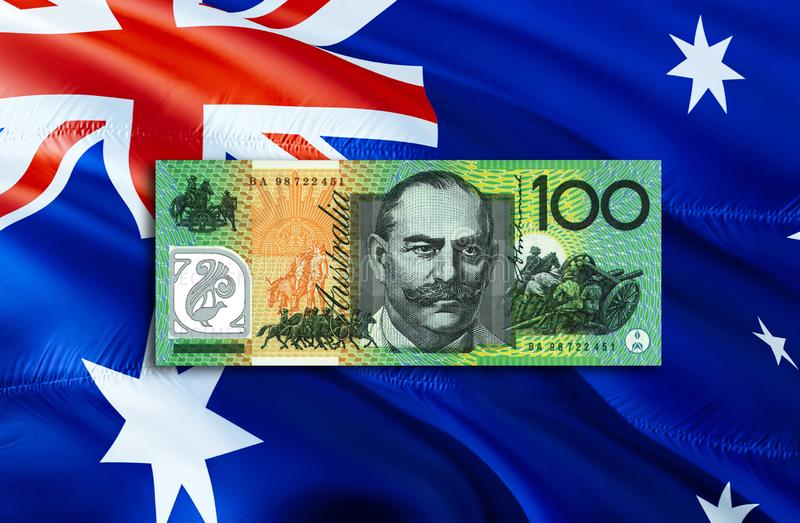Australian dollar still strong despite a mixed economic picture indicated by the PMI.
Following the release of mixed Judo Bank Purchasing Managers’ Index (PMI) data from Australia on Friday, the Australian dollar (AUD) still rising in value relative to the US dollar (USD). The Reserve Bank of Australia’s (RBA) hawkish outlook on future interest rate decisions also helps the AUD.
Services activity fell into negative territory, manufacturing activity in Australia improved in November but continued to contract.
From 47.3 in October to 49.4 in November, the Judo Bank Australia Manufacturing PMI saw its tenth month-long contraction, although the rate of decline slowed to its lowest level in half a year. The first decline in services activity in a decade indicated by the Services PMI, which dropped from 51.0 to 49.6.
Just below its new yearly high of 107.15 set on Thursday, the US Dollar Index (DXY), which measures the USD against a basket of major currencies, is trading close to 107.00. Following the release of the Initial Jobless Claims data from the previous week, the US dollar appreciated.
According to data from the CME FedWatch Tool, futures traders now give the Federal Reserve a 57.8% chance of reducing rates by a quarter point, down from roughly 72.2% last week.
Daily Market Update: The hawkish RBA is driving the Australian dollar appreciation as traders wait for the flash The final PMI expected to be released on Friday.
For the second time in three months, the Judo Bank PMI Composite Output Index showed a slight decline in private sector output, falling from 50.2 in October to 49.4 in November.
For the week ending November 15, US Initial Jobless Claims fell to 213,000, below the anticipated 220,000 and down from a revised 219,000 (previously 217,000) the week before.
The cautious statements made by Federal Reserve (Fed) officials caused the US dollar to appreciate. Furthermore, the market anticipates that the incoming Donald Trump administration will increase inflation, which will slow the Fed’s rate-cut trajectory and support the greenback.
A Reuters Nearly 90% of economists (94 out of 106) predict a 25 basis point cut in December, bringing the fed funds rate down to 4.25% to 4.50%, according to the poll. Because President-elect Trump’s policies run the risk of increasing inflation, economists forecast shallower rate cuts in 2025. By the end of 2025, the fed funds rate is expected to be between 3.50% and 3.75%, which is 50 basis points higher than the forecast from last month.
The minutes of the Reserve Bank of Australia’s November meeting emphasized the significance of upholding a restrictive monetary policy and showed that the board of the central bank is still concerned about the possibility of additional inflation. Board members emphasized that all options are still open for future adjustments, even though they pointed out that there was no “immediate need” to change the cash rate.
Federal Reserve Bank President Susan Collins of Boston said on Wednesday that although more interest rate reductions required.
According to Bloomberg Federal Reserve BankPresident Susan Collins of Boston said on Wednesday that although more interest rate reductions required, policymakers should take their time so as not to move too fast or too slowly. Fed Governor Michelle Bowman, meanwhile, emphasized that the Fed must proceed cautiously with rate cuts and that inflation remained high over the past few months.
“Tumbling iron ore prices and a softening labor market have impacted government revenue,” said Australian Treasurer Jim Chalmers after his Ministerial Statement on the economy on Wednesday. Chalmers described Australia’s challenging economic outlook, pointing to the slowdown in the labor market and the deterioration of China, a significant trading partner, as contributing causes.
Fed Chair Jerome Powell minimized the possibility of rate cuts in the near future, emphasizing the resilience of the economy, a strong labor market, and ongoing inflationary pressures. Powell stated, “The economy not sending any signals that we need to hurry to lower rates.”









